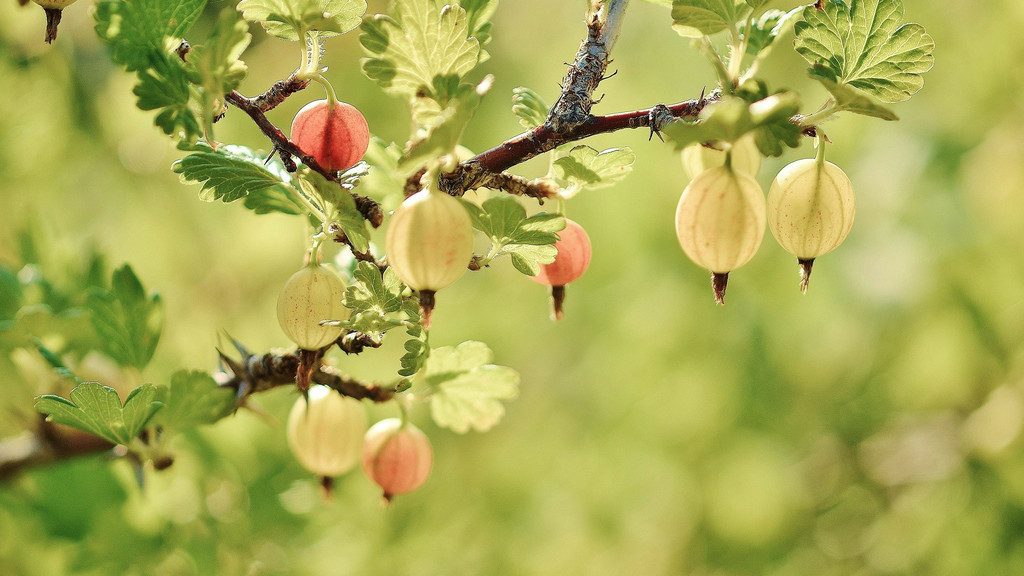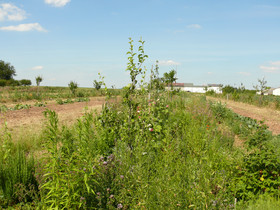


There are parallels to the approaches of permaculture (PK) and analog forestry (AF). All three approaches use natural principles, e.g. succession or soil cover for cultivation. In summary, while the PK is primarily concerned with sustainable, integrated cultivation and AF is looking for a balance between the preservation of mature primary forests and economic benefits. DAF, on the other hand, relies consistently on the construction of natural forest - like systems with high biomass production and which supply as side-effect a large variety of products for humans. Another important difference is that DAF specifically uses cutting of the plants to keep them at a youthful state and thus to promote increased biomass production.
Since early 2000, DAF has been spreading from Bolivia to the highlands. Since 2011, Naturefund uses DAF very successfully in its various projects in different countries and ecosystems: Honduras (since 2011), Nicaragua (since 2012), South Madagascar (since 2013), Bolivia (since 2014) and North Madagascar (since 2015), various locations in Europe (start 2016).
Since 2005 research began to discover this method. The first research results show that the DAF method has "discovered" certain natural mechanisms that have not been used at all (diversity, density, intersection, etc.). So in February 2017 a study concluded that maize grows better when mycorrhiza are present in the soil. This result makes it clear that there are synergy effects between plants which have not been considered in conventional cultivation but which have great potential to make cultivation more sustainable and more profitable than other methods. Another advantage of DAF is that the method can be used in almost any kind of soil in every climate zone. Degenerate soils can be made fertile again with DAF in a comparatively short time.
1. To improve the living conditions of many people living in small-scale farming,
2. Restore natural habitats and build natural buffers around protected areas, and
3. The consequences of climate change with changing rainy season, long drying phase or storms.
Moreover, with its high biomass production combined with the use of plant-coal in the soil, DAF has the potential to store carbon in the soil for a long time (up to 1,000 years and more), while the humus content and thus the soil fertility increase. This makes DAF not only one of the best answers to challenges 1, 2, 3, but could be one of the key factors to slow down or even reverse climate change.
This method is the best reforestation method that we have thus far found, as it offers farmers stable revenues, improves the soil and also creates a system of diverse plants. These forests are usually "close to nature" and offer a habitat to numerous species. Naturefund therefore set its sights to informing people about this method, building up a database for the existing knowledge and implementing dynamic agroforestry worldwide in its various reforestation projects. Additionally, a simple DIY kit is planned for the start of 2015, which should enable smallholder farmers as well as non-governmental organisations working in the same area to introduce dynamic agroforestry on their lands.
A dynamic agroforestry plot consists of various agricultural crops, fruit trees and a range of indigenous plants, above all native scrubs and trees. This creates a closed nutrient cycle that imitates natural forests. The indigenous scrub and tree types take on various roles here.
Plants with deep roots absorb water from the lower ground layers and carry it upward, thereby ensuring the ground remains moist. Regular pruning of particularly the trees makes sure the soil remains well-covered with a layer of foliage and mulch, thereby protecting it from drying out.
The clippings gradually decompose and the proportion of humus increases considerably. The increased level of humus and the plant diversity lead to a natural balance between pests and useful organisms, which encourages the plants' health as a whole.
Some plants take on a "wet nursing function" for the cultivated crops (maize, potatoes, vegetables, fruit trees among others) by providing shade from wind, strong rain and hail, while simultaneously producing mulch and biomass. At the same time, they enrich the ground's fertility and moisture with humus and nitrogen nutrients.
Maintaining a natural forest plot such as this consists above all of periodic pruning of the scrubs and trees, which keeps the system in a constant state of development. This considerably increases the cultivated crops' productivity.
The layer of mulch, the thick foliage and the deep root penetration counteract erosion, prevent eluviation of nutrients as well as the ground drying out. This means that often neither fertiliser nor watering are required. The species diversity in the plot makes the use of pesticides unnecessary, promotes product diversification and thereby increases the crop yield.
A scientific study on ground quality performed by the "San Pablo" Universidad Católica Boliviana at a research farm in the Bolivian uplands called Mollesnejta demonstrated that plots of land had a significantly higher level of humus using dynamic agroforestry within just a few years.
A further agroforestry study carried out in 2013 in the semiarid zones of the Cochabamba Departement on behalf of GIZ showed that crops cultivated using dynamic agroforestry methods had a higher drought-tolerance, reduced problem with parasites and fewer plant diseases. In addition, less and sometimes barely any additional watering, fertilisation or plant protection products were required.
While the amount of work required in the first three years is higher than with ordinary production systems, especially since a system that uses traditional cultivation methods must first be adapted to the dynamic agroforestry method, the work input and costs sink considerably in the medium to long-term.
Dynamic agroforestry also works in tropical regions. A doctoral thesis carried out between 2011 and 2013 at Berkely, US, investigated various cultivation methods of certified organic cocoa in the lowlands of Bolivia. The result: mono-cultural farming yielded 350 kg of organic cocoa per hectare per year, while basic agroforestry had a yield of 438 kg and a cocoa plot with dynamic agroforestry produced 510 kg ("The Contribution of Organic Cocoa Production to Social–Ecological Resilience in a Changing Climate", Jacobi 2013).
Furthermore, land is simultaneously used for cultivating food and additional products for sale with basic agroforestry, and much more so with dynamic agroforestry. Dynamic agroforestry therefore produces a much higher yield with healthy, pesticide-free products, provides numerous species with a habitat and improves the soil.